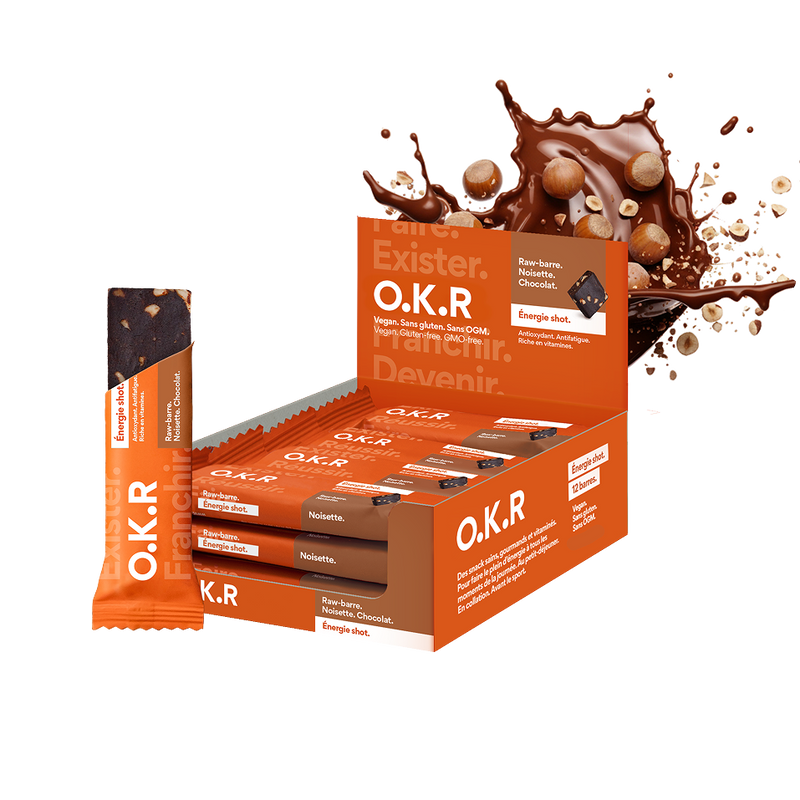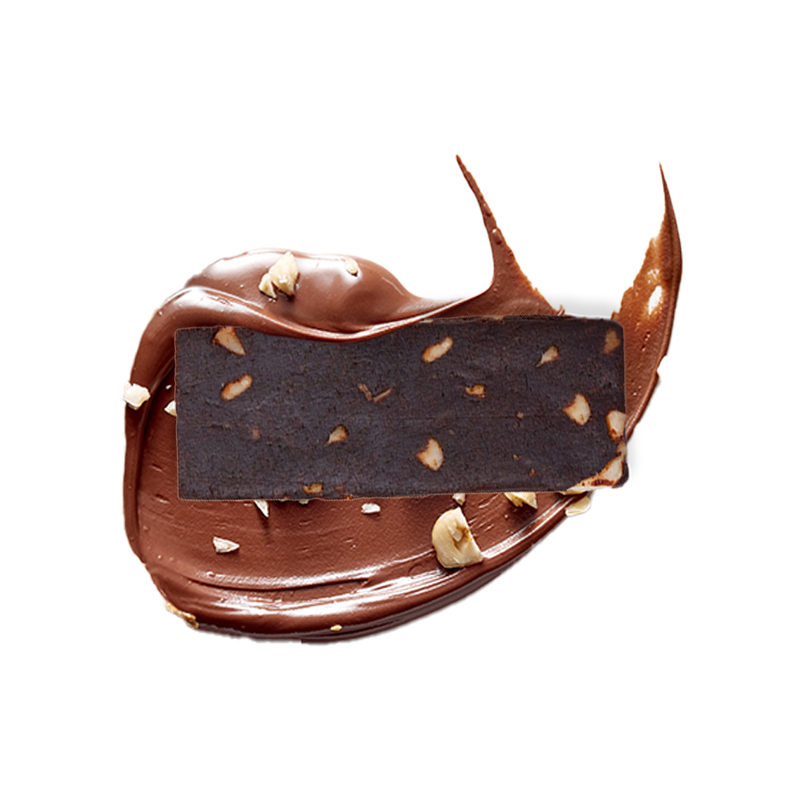Although weight loss is generally a more common goal than muscle gain, many gym-goers are interested in gaining weight to increase muscle size and strength.
There are several ways to achieve this, although some result in excessive fat gain, which some athletes and fitness enthusiasts may find undesirable.
Conversely, lean mass gain is considered a sustainable and healthy strategy.
This article gives you all the secrets and tips for lean muscle gain, examining its effectiveness, the different methods, and what to change in your diet to transform your body. Sports, exercises, training, diet... We share our best advice.
What is lean mass gain?
This involves gaining muscle without accumulating fat. When we begin to build muscle mass, we consume more calories, which leads to an increase in both muscle and fat mass. To achieve the least possible fat gain, you need to be determined, patient, and persistent. It's a difficult task, but not impossible.
Typically, gaining muscle mass involves a sustained calorie surplus—in which you eat more calories than you burn—which leads to weight gain. This eating strategy is combined with high-intensity resistance training to stimulate muscle building.
When you opt for a lean mass gain, also called clean bulk, you tightly regulate your calorie surplus in order to avoid excessive fat gain.
Lean bulking is often used by athletes who want to stay relatively lean in the off-season, such as gymnasts, strength athletes, and physique athletes.
That said, this approach isn't for everyone, as gaining muscle this way tends to happen more slowly than with other methods of gaining muscle mass.
What is the difference with a so-called “dirty bulk”?
The measured and slow approach of “clean bulk” is opposed to “dirty bulk”.
When it comes to dirty bulking, or classic mass gain, no foods are banned from your diet. On the contrary, you're supposed to gain as much weight as possible, regardless of the accompanying fat gain.
Effective for quickly gaining muscle mass and strength, its side effects include excess fat, feeling sluggish, and high cholesterol and blood sugar levels.
To summarize, lean mass gain is about maintaining a controlled calorie surplus for muscle building while minimizing fat gain.
How to gain lean mass?
There are two distinct techniques for achieving lean mass gain.
METHOD 1: Carry out a controlled and long-term mass gain by increasing your calorie intake by only a small % to help gain muscle while limiting fat gain.
METHOD 2: Do it in two stages. Either gain muscle then lose fat. Or lose fat followed by gaining muscle.
Method 1. Controlled lean mass gain.
The process of building lean muscle mass requires a rigorously balanced diet and regular strength training aimed at building muscle mass. It is physically impossible to convert fat mass into muscle, but it is possible to reduce it through proper nutrition and intense physical activity.
The first step in starting a controlled lean mass gain is to establish your baseline caloric needs. That is, the number of calories you need to maintain your basic fitness. Several websites can help you estimate this number to build your nutrition plan.
You can then start with a 10% kcal surplus. You can also aim for a daily protein intake of 1.6 to 2.2 g per kg to promote muscle mass gain. The rest of your needs can be made up of carbohydrates and lipids.
To track your progress you can aim for a weight gain of 0.25 to 0.5% of your body weight per week.
If your scale doesn't show any changes, you can slowly increase your calorie intake to reach your goal.
The advantages of this method.
- Limit fat storage
- Limit the side effects of dirty bulk on your health
- Enjoy the benefits of healthy nutrition
The disadvantages of this method.
- Progress is slow and occurs in a plateau.
- Not very flexible
- Requires a lot of vigilance and control over diet
Method 2. Two-step dry mass gain.
For a more affordable approach to lean mass gain, it can be done in two different phases: muscle mass gain and fat loss. Both are based on nutrition and a strength training program.
Allow between 4 and 6 months for each phase. It is important to allow time for the body to transform.
Which phase should I start with?
The first question you need to ask yourself is in what order will you do these phases? Build muscle then cut, or cut then build muscle? What are the advantages and disadvantages of each technique? What is the goal?
Weight loss followed by mass gain.
Benefits :
- Get in better shape for phase 2 bodybuilding.
- See results quickly.
Disadvantages:
- Drastic changes in nutrition from the start.
- After gaining weight, take the risk of having a slight excess of fat.
Mass gain followed by weight loss.
Benefits :
- Allows you to have an almost perfect result at the end of the process.
- No drastic dietary changes in nutrition initially.
Disadvantages:
- The results of phase 1 are not very visible until phase 2 begins.
Muscle gain.
What does the muscle gain phase consist of?
This involves slightly modifying your diet and training to increase your muscle mass, all through your nutrition and bodybuilding program.
What bodybuilding program should I do?
Focus on multi-joint exercises that work multiple muscle groups. They allow you to gradually and comprehensively develop your strength and muscle mass.
To build muscle, focus directly on weights and body weight exercises.
What should I change in my eating habits?
Make sure you're in a calorie surplus. Add an average of 500 kcal to your daily calorie needs.
In addition to your three meals a day, add two to three protein-rich snacks to boost your metabolism and muscle growth. This is the easiest way to increase your calorie intake.
Increasing your protein intake is obviously essential for muscle building. Proteins affect muscle fiber recovery after weight training, during the resting phase.
Aim for about 1.7g of protein per kilogram of body weight per day. For example, if you weigh 55kg, you should eat 66g of protein per day.
Our top tips for foods and products that provide you with protein or essential nutrients to support your workout:
Lean proteins: chicken, fish, turkey, egg, Greek yogurt, protein powder, tofu and tempeh.
Healthy fats: olive oil, avocado, nuts, peanut butter, fatty fish and seeds.
Legumes: all beans.
High-quality carbohydrates: oats, quinoa, whole-grain pasta, sweet potatoes, and rice.
Fruits to fill up on nutrients: apples, oranges, bananas, pineapples, grapefruit...
Non-starchy vegetables: peppers, asparagus, mushrooms, tomatoes, zucchini, carrots and celery.
Food supplements to supplement your diet with essential vitamins, minerals and nutrients.
And don't forget: hydrate properly!
Drying phase.
What does the drying phase consist of?
This involves eliminating fat to better define your physique and finally achieve your “perfect shape”.
What should I change in my eating habits?
During the cutting phase, you're aiming for a calorie deficit, meaning you're burning more calories than you consume. Aim for a 500-calorie deficit per day. The goal here is to burn as much fat as possible. To do this, continue to eat plenty of protein-rich foods to meet your muscle needs.
What bodybuilding program should I do?
You can continue your traditional strength training by adding cardio exercises. At the gym, try the elliptical trainer or spinning, for example.
However, be careful not to increase your calorie deficit with your workouts: you should maintain a deficit of only 500 kcal. Indeed, if you burn more calories in the gym, you can eat more to avoid increasing the deficit. By burning all these calories, we don't want to be hungry or slow down our metabolism, but only for the body to burn fat.





















